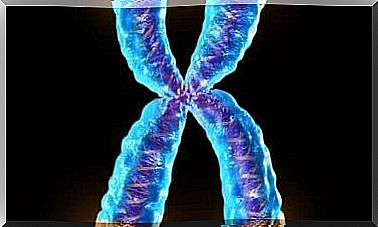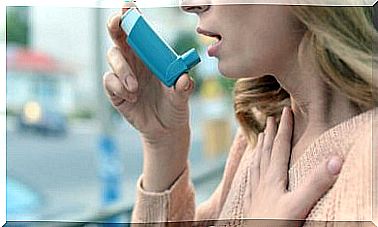Drowning Symptoms After Swimming
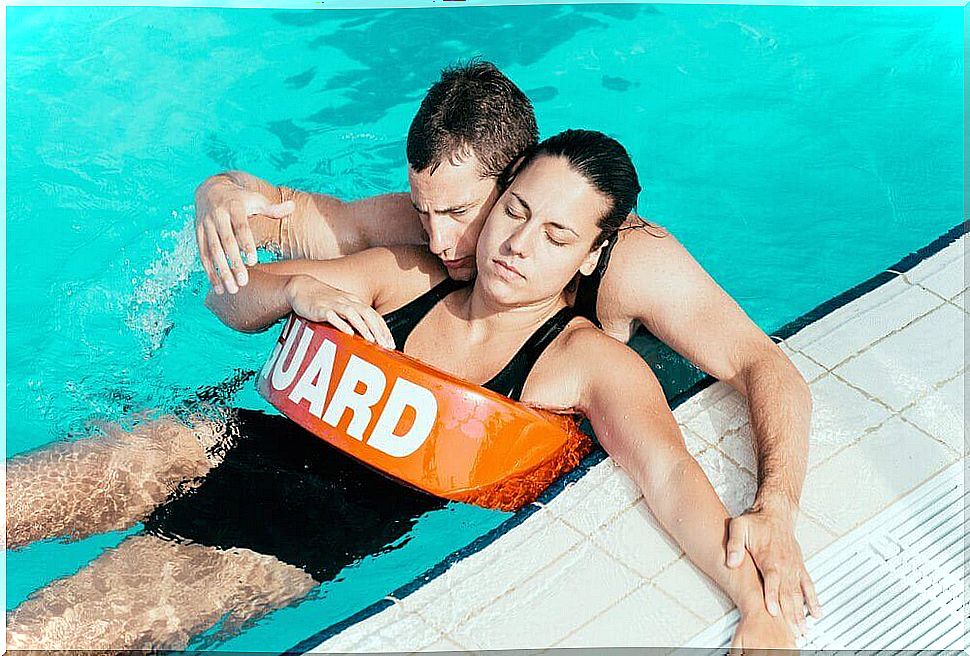
Swimming drowning or secondary drowning occurs when a person is unable to breathe due to fluid buildup in the lungs. It is a very dangerous form of drowning and therefore we must recognize the drowning symptoms immediately and act immediately.
There may be instances where symptoms appear hours after a near-drowning experience that require treatment as soon as possible. Below we discuss the symptoms of secondary drowning so that you can avoid more serious consequences.
A risk that few people know
There have been cases where people, especially children, show symptoms after a traumatic experience in the water that can even have a tragic ending.
It is a form of suffocation that takes place outside the water. It can occur hours or even days later, but it is a result of what happened while swimming. What happens is a late or secondary drowning that mainly affects the lungs.
Don’t worry though. The purpose of this article is to recognize the drowning symptoms that the body exhibits in these types of incidents. So you can be ready and quickly seek medical help.
What is secondary drowning and why does it occur?

According to a study, 75% of secondary drowning cases occur in children under 5 years of age. However, it can also occur in adults who have survived an incident in the water or who have been caught in a sudden current.
When a person plays or swims in a pool and survives a near-drowning experience, water enters through the air sore without giving them time to react and close off the entrance. This causes the fluid to go directly to the lungs, causing swelling or edema.
Types of drowning
Dry drowning occurs when the trachea becomes inflamed underwater. This causes a spasm of the larynx, which shuts off and hinders normal breathing.
There is secondary drowning or drowning late when the body can emit no carbon dioxide in return for oxygen. This is due to fluid that has built up in the lungs after a near-drowning.
Because water is present in the alveoli, they cannot supply the blood with oxygen and the heart rate slows down. In this case, secondary drowning can occur between 1 and 72 hours after swimming. There are even cases where the symptoms appear only after three days.
Drowning Symptoms After Swimming
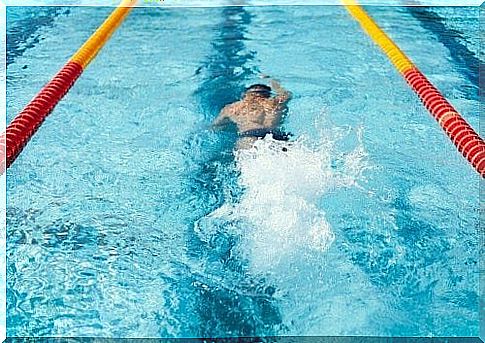
As you can see, it often seems like everything is going well after the person gets out of the water. However, this may not be the case. Therefore, it is essential to watch out for the following drowning symptoms:
- Difficult breathing
- Constant cough
- Vomit
- Dumbness and unusual tiredness
- shortness of breath
- Fever
- Changes in behavior due to increased irritability or lack of energy. This is because less oxygen gets to the brain.
What to do if the drowning symptoms occur?
In the case of a secondary drowning, it is essential to see a doctor immediately. He or she will take the necessary measures, depending on the specific situation. If, after examining the person, the doctor makes a mild diagnosis, it is a matter of resting under observation.
If, on the other hand, the situation is more serious, there is a good chance that a chest X-ray will need to be taken. This is to rule out swelling or edema. The patient’s oxygen supply may also be assessed.
Prevention is fundamental
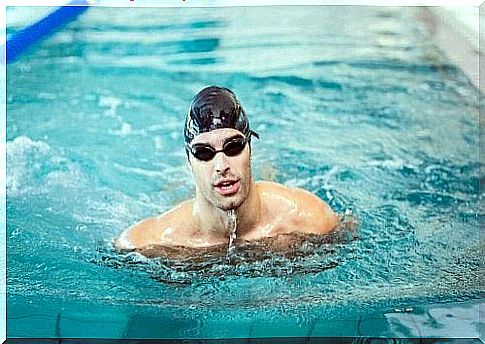
In the case of children, supervision is very important. Never leave children alone near water or in a swimming pool. When they are playing, pay attention to their actions and be aware of possible situations where they abruptly swallow water.
We recommend that children learn to swim in the first four years of life and lose the fear of water. If adults have experienced an incident while swimming, she should be observed for the following hours. Note the possible appearance of the drowning symptoms mentioned above.
Know what to look for and observe so you can help
When you go to the pool, play water games and swim in the summer, these are activities and moments where relaxation and fun are generally central. However, it is important to be aware of the dangers of these activities.
It is very important to know the symptoms of secondary drowning so that you can avoid a tragedy. Knowledge is the first step in helping ourselves and others.





